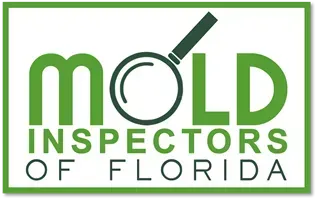Mold Allergies vs. Seasonal Allergies: Recognizing the Differences

Allergies can be perplexing, especially when distinguishing between mold and seasonal allergies. Many people experience sneezing, itching, and congestion, but understanding the root cause is crucial for effective management. Let’s unravel the mystery behind mold allergies and how they differ from the common seasonal ones.
A Sneak Peek into the Culprit
If you breathe in mold spores, which are small particles that float in the air, you might get mold allergies. Molds thrive in wet and humid places, like bathrooms, basements, and other damp areas. Breathing in these tiny spores can cause allergies in people who are prone to allergies.
Sneezing, Itching, and More: Unmasking Mold Allergy Symptoms
Mold allergy symptoms often mirror those of other allergies but have unique characteristics. Individuals with mold allergies may experience sneezing, itching, watery eyes, and nasal congestion. However, unlike seasonal allergies, mold allergies can manifest as skin rashes and irritation. Recognizing these specific symptoms is the first step in differentiating mold allergies from other types.
Comparing Apples to Oranges: Mold Allergies vs. Seasonal Allergies
It is important to understand the differences between mold and seasonal allergies. Seasonal allergies, caused by pollen from trees, grasses, and weeds, happen at specific times of the year. On the other hand, mold allergies can happen anytime, both indoors and outdoors. Knowing these differences is crucial for finding out what is causing allergic reactions.
The Buzz About Seasonal Allergies: A Quick Overview
While mold allergies can strike at any time, seasonal allergies have distinct patterns. Pollen from trees in the spring, grasses in the summer, and weeds in the fall are the primary culprits. People with seasonal allergies may experience symptoms like sneezing, a runny nose, and itchy eyes at certain times of the year. Recognizing these patterns aids in distinguishing seasonal allergies from other types.
Arming Yourself Against Seasonal Allergies
To effectively manage seasonal allergies, it’s important to understand local pollen counts. You can do this by checking daily pollen forecasts and keeping windows closed during peak pollen times. Using air purifiers can also help reduce exposure. To relieve symptoms, many people use over-the-counter antihistamines and nasal decongestants. By following these strategies, individuals can better cope with seasonal allergies.
Dispelling Mold Allergy Misconceptions
Mold allergies often come with their fair share of myths and misconceptions. One prevalent misconception is that mold allergies are solely a concern in humid climates. In reality, mold can grow in any environment and is not exclusive to warm, humid regions. Another common myth is that visible mold is the primary culprit. This overlooks the fact that mold spores can be present without visible growth.
Understanding these misconceptions is vital for accurate information dissemination and mold allergy management. Debunking myths empowers individuals to make informed decisions about their health. This leads to better outcomes in preventing and treating mold allergies.
Mold Allergies and the Great Outdoors
Understanding the environmental factors contributing to mold allergies is crucial for comprehensive management. While molds thrive in damp indoor spaces, they also flourish outdoors in decaying leaves, compost piles, and soil. People with mold allergies may have worse symptoms when they do outdoor activities. We need to be aware of this outside of our homes.
Exploring nature can be a double-edged sword for those with mold allergies. While fresh air and outdoor activities are beneficial, being mindful of mold hotspots, such as wet and shaded areas, is essential. Individuals can adopt a holistic approach to mold allergy management. They can do this by recognizing the interplay between indoor and outdoor environments.
When Mold and Seasonal Allergies Collide
In some cases, individuals may grapple with mold and seasonal allergies simultaneously. Recognizing the intersection of these allergies is crucial for comprehensive management. The symptoms of decay and seasonal allergies can overlap. This creates a complex scenario for diagnosis and treatment.
If you have both mold and seasonal allergies, it’s important to talk to healthcare professionals. Allergists can do detailed assessments to find out what triggers your allergies and create a treatment plan. Understanding these dual allergies will help you manage your allergies better.
Embracing Lifestyle Changes for Allergy Relief
Medications are important for controlling mold and seasonal allergies. Lifestyle changes can also help with long-term relief. To create an allergy-friendly home, use allergen-proof bedding, clean and vacuum regularly, and reduce indoor plants that could have mold. Mold Inspection companies can also help check your home for molds.
Dietary choices can also influence allergic reactions. Consuming a well-balanced diet rich in anti-inflammatory foods may help alleviate allergy symptoms. Moreover, staying hydrated can thin mucus secretions, easing congestion associated with allergies. By embracing these lifestyle changes, individuals can proactively reduce their susceptibility to allergy triggers. They can also foster a healthier living environment.
The Role of Allergy Education in Public Health
Educating people about mold and seasonal allergies is very important. It helps people learn about allergies and take control of their health. This reduces the burden on healthcare systems and makes public health better. We can educate people about allergies in different ways. We can have community workshops, school programs, and online resources. These give people information about allergies, what causes them, and how to manage them well. When people know about allergies, they can take care of their health, notice symptoms early, and get medical help quickly.
When to Consult a Healthcare Professional
Self-diagnosis can be tricky, especially with overlapping symptoms. If you suspect mold allergies, seeking professional guidance is essential. Allergists can conduct tests, such as skin prick tests and blood tests, to identify specific allergens. Healthcare professionals use these tests and a thorough medical history. They use them to determine if a person has mold allergies or other types of allergies. This helps them diagnose accurately and create personalized treatment plans.
Once diagnosed, managing mold allergies involves environmental changes and medical interventions. Controlling indoor humidity, fixing leaks promptly, and using air purifiers can reduce mold exposure. You can also contact a local Mold Inspection company to conduct a comprehensive mold assessment in your home. Antihistamines and nasal corticosteroids are commonly prescribed medications to alleviate symptoms. Understanding these management strategies empowers individuals to take charge of their health. It also helps minimize the impact of mold allergies on their daily lives.
To stay current with us, please follow our Facebook and YouTube pages.


